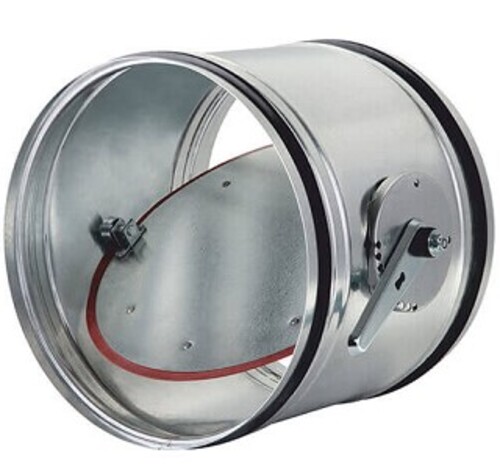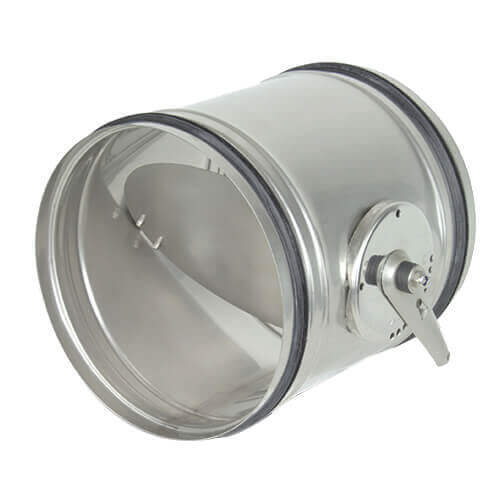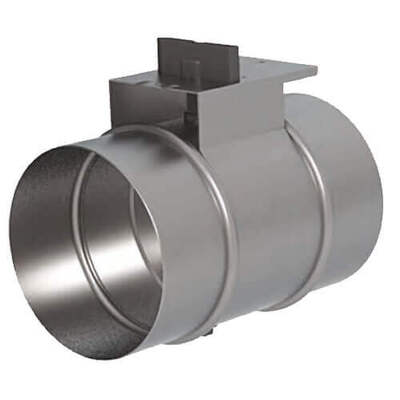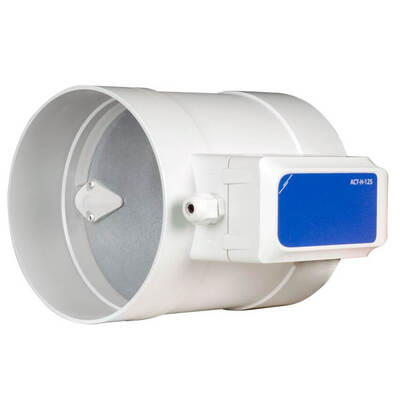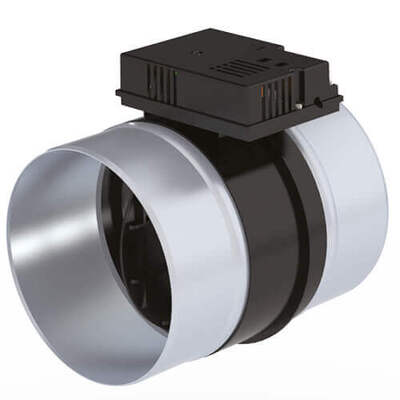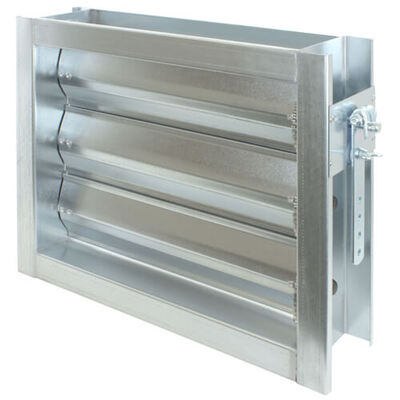Blog
Download our brochure

Stay informed
In the realm of Heating, Ventilation, and Air Conditioning (HVAC), ensuring the comfort and safety of indoor environments is paramount. An essential component that plays a pivotal role in the HVAC systems' effectiveness is the Volume Control Damper (VCD). These devices are integral to managing and regulating airflow within duct systems, ensuring that air distribution is both efficient and precisely controlled. This article delves into the significance, types, applications, and benefits of volume control dampers in the HVAC sector.
Understanding Volume Control Dampers in the HVAC Sector
What are Volume Control Dampers?
Volume Control Dampers are mechanical devices installed within the ductwork of HVAC systems. They have movable plates or blades that can open or close to regulate the flow of air through the system. The adjustment of these dampers can be manual or automated, depending on the specific requirements of the HVAC system. By controlling the volume of airflow, these dampers play a critical role in maintaining desired temperature and humidity levels across different zones of a building.
Types of Volume Control Dampers
Volume control dampers can be broadly categorized into two types based on their operation: manual and automatic.
Manual Dampers
Manual Dampers are adjusted by hand, using a lever or a screw mechanism. They are simple, cost-effective, and commonly used in smaller or less complex HVAC systems where manual control does not cause inconvenience.
Automatic dampers
Automatic Dampers are equipped with actuators that allow for remote or automated control. These are essential in modern, sophisticated HVAC systems where precise and variable airflow regulation is required. Automatic dampers can be further integrated with building management systems for optimal environmental control.
Benefits of Volume Control Dampers
The integration of volume control dampers in HVAC systems offers several benefits:
- Energy Efficiency: By regulating airflow, VCDs ensure that HVAC systems do not overwork, thereby reducing energy consumption and operational costs.
- Enhanced Comfort: They enable the creation of tailored environments by precisely controlling temperature and air quality across different zones.
- Improved Air Quality: By controlling ventilation rates, they help in maintaining optimal indoor air quality, crucial for health and well-being.
- Durability and Maintenance: Modern VCDs are designed for durability and require minimal maintenance, ensuring long-term reliability and performance.
Applications of Volume Control Dampers
Volume control dampers find applications across various areas within the HVAC sector:
- Zoning Control: By adjusting the airflow to different zones or areas within a building, VCDs help in creating customized temperature zones for enhanced comfort and efficiency.
- Ventilation Control: In areas requiring controlled ventilation, such as laboratories or kitchens, VCDs manage the exhaust and supply of air to maintain safe and comfortable conditions.
- Pressure Regulation: They assist in maintaining the correct pressure levels within ductwork, preventing over-pressurization or under-pressurization, which can lead to system inefficiency or discomfort.
Conclusion
Volume Control Dampers are indispensable to the efficiency and effectiveness of HVAC systems. They not only contribute to the comfort and safety of indoor environments but also play a significant role in energy conservation and operational cost reduction. As technology advances, the integration of smart and automated VCDs is set to redefine air management in the HVAC sector, leading to even more sustainable and comfortable indoor environments. For anyone involved in the design, operation, or maintenance of HVAC systems, understanding and leveraging the capabilities of volume control dampers is essential for achieving optimal performance and efficiency.

